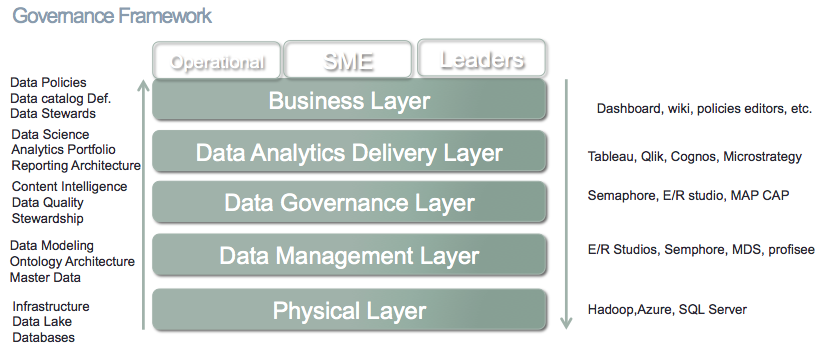Methods & Best Practices
1. Agile and Proto-Cycling
We blend the basic disciplines of Waterfall and Agile methodologies to utilize an approach we call “Protocycling.” This methodology leverages the structure of Waterfall method while pacing rapidly through the design phase and arriving to the coding stage faster with incremental releases as found with Agile.
This process offers the following advantages:
- ● Accelerates the adoption and buy-in of the new system by making users a part of the creation process
- ● Quickens the learning curve on the new technology and new business process.
- ● Improves speed-to-deployment to deliver maximum business value.
- ● Mitigates risk through frequent feedback to allow rapid correction planning.
- ● Keeps the project team focused on the needs of the client.
- ● Knowledge transfer occurs more naturally in a controlled and progressive manner.
2. Data Mining and Analytics
We work with client leadership and governance to determine analytics processes, however we propose a couple methodologies:
- ● Knowledge Discovery in Database (KDD) – Selection, Pre-processing, Transformation, Data Mining, Interpretation/Evaluation
- ● SEMMA was developed by SAS institute and refers to the process of conducting data mining - Sample, Explore, Modify, Model, Assess
- ● CRISP-DM, an extremely comprehensive method - Business understanding, data understanding, data preparation, modeling, evaluation, and deployment
3. High Level Data Governance
We maintain data quality through all levels of the implementation using a High Level Governance Framework. . People and technology are organized around each layer appropriately to ensure the framework achieves the desired outcome.

These are just snapshot examples of our methods and processes. Roadmap and requirements are systematically captured using the prioritized use cases to help lead the conversation with the business units and leadership. This approach helps us capture the business users’ needs and requirements for data management (i.e. data architecture), governance (i.e. master data, semantic definition), and data visualization.